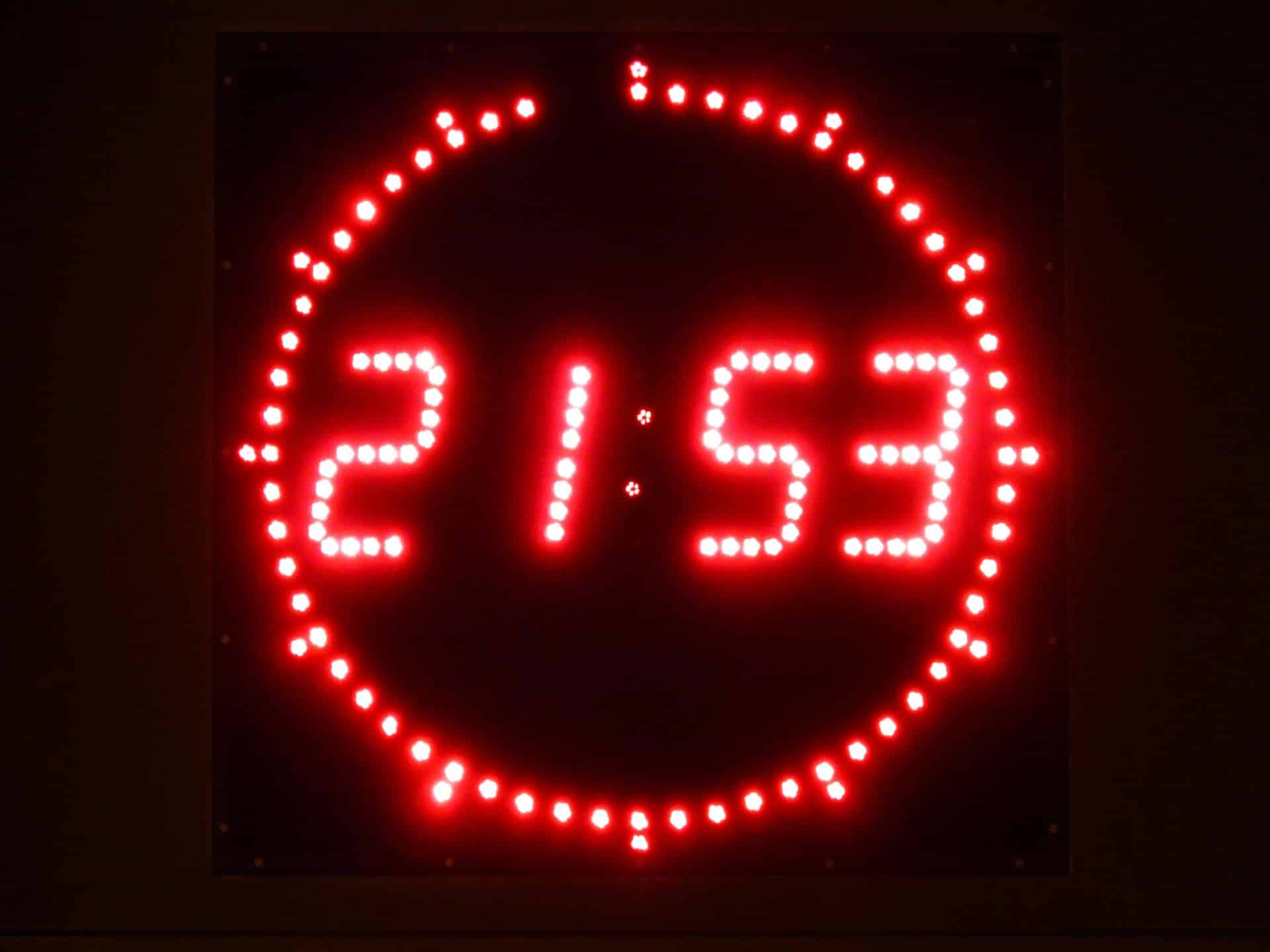Military Time Explained: How to Read, Convert, and Use the 24-Hour Clock Format

Whether you’re booking a flight, working in healthcare, or just trying to avoid confusion in your daily schedule, understanding military time can be a useful skill. While many people are accustomed to the 12-hour clock format with AM and PM, military time operates on a 24-hour cycle that eliminates ambiguity and improves precision.
In this beginner-friendly guide, we’ll explain what military time is, how to read and convert it, and why it’s widely used across various industries like the military, aviation, and healthcare. By the end of this article, you’ll not only understand how to use military time but also know when and why it’s the better choice.
What Is Military Time?
Military time is a method of measuring time based on a 24-hour clock. It starts at 0000 hours, which represents midnight, and ends at 2359 hours, which is 11:59 PM in standard time. Instead of cycling through two 12-hour periods (AM and PM), military time counts each hour of the day sequentially from 0 to 23.
For example:
1:00 AM is written as 0100
1:00 PM is written as 1300
11:30 PM is written as 2330
This format removes any confusion over whether an event is in the morning or evening, which is particularly important in high-stakes environments where precision is critical.
How to Read Military Time
Military time is used in various industries for good reasons:
1. Military and Defense
The most obvious use case is in the military itself. In combat zones and military operations, even a one-minute error can lead to mission failure or loss of life. The 24-hour format removes the risk of miscommunication between AM and PM.
2. Healthcare
Doctors, nurses, and hospital staff often work around the clock. Using military time ensures that medication times, patient records, and shift changes are recorded accurately without ambiguity.
3. Aviation
Airlines and air traffic controllers operate internationally, across multiple time zones. Military time simplifies scheduling and communication, reducing the risk of delays and misinterpretations.
4. Emergency Services
Police, fire departments, and paramedics need a reliable system to record incident times and coordinate responses. Military time improves response coordination and record accuracy.
5. Transportation and Logistics
Trains, buses, and ships often use the 24-hour clock for their schedules to prevent confusion and avoid missed departures.
Pros and Cons of Using Military Time
✅ Pros:
Removes confusion between AM and PM
Reduces errors in scheduling and communication
Standardized across countries and industries
Easy to sort chronologically
❌ Cons:
Unfamiliar to many in casual, everyday settings
May require a learning curve for beginners
Tools and Resources
If you want to quickly convert between military and standard time, use a military time converter. Many are available online and work instantly—just input the time and get the result in both formats.
You can also find mobile apps, printable charts, or even set your phone or computer to display time in the 24-hour format to get used to it gradually.
Final Thoughts
Learning military time may seem unnecessary at first glance, but it’s a simple and highly practical system once you understand it. From avoiding scheduling mishaps to working in critical industries like healthcare or aviation, military time offers clear advantages in precision and communication.
Whether you’re a student, a professional, or just someone looking to streamline their daily routine, understanding how to read, convert, and use military time is a small skill that can make a big difference. And if you ever get stuck, just use a military time converter to help bridge the gap.